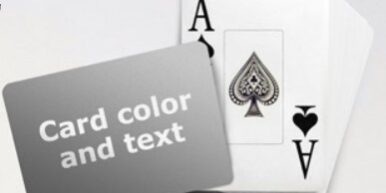Effective component design not only simplifies the manufacturing process, but also improves the quality of the game. This article explores how to effectively design board games through the use of game components.
1. Component Standardization
How to effectively design board games? Modular design is an important strategy for improving the efficiency of board game design. By creating modular board game components that can be reused in different games, developers can streamline production and reduce costs. For example, standard-sized cards, dice, and tokens can be designed to fit multiple game types. This makes it easier to adapt and expand.
Designing custom board game components that are interchangeable or customizable can further improve efficiency. This approach allows for greater flexibility and can accommodate a variety of game variations or expansions without the need for new molds or designs.
2. Optimizing visual design
2.1 Consistent aesthetics
Developing a visual theme that is consistent with the game mechanics and narrative helps create a cohesive player experience. A consistent aesthetic reduces the need for redesign and ensures that all visual elements work together harmoniously.
2.2 Minimalist design
Taking a minimalist approach can simplify the design process and reduce the amount of artwork and components required. Minimalist design focuses on basic elements and eliminates unnecessary details to create a clean and practical look.
2.3 Effective use of colors and icons
Color coding and icons can effectively convey information quickly and clearly, improving the usability of game components. This reduces the need for extensive rule explanations and helps players quickly grasp the mechanics of the game.













